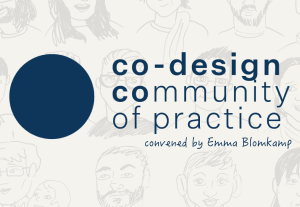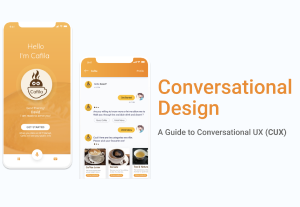- Behavioral Science, Customer Experience, Design, Design Tools and Software, Usability, UX Education, UX Magazine
Systems thinking is popular in fields like: economics, psychology, ecology, computer science and many others. Learn more about it as a tool for predicting future outcomes and being creative.
Article by Robin Fransz
How Systems Thinking Unlocked More Creativity Than I Could Ever Dream Of
- In author’s view, the ultimate problem to solve for a designer is building a believable world and figuring out life itself.
- The author shares his insights on the following ideas:
-
- Information is everywhere.
- Optimising your workflow is one of the most important things as you progress.
- The author gives a concrete example of creating a systems thinking environment.
- Systems thinking is like a muscle you can train — it helps you create a holistic overview that analyses a system as a whole and its relationships.
Share:How Systems Thinking Unlocked More Creativity Than I Could Ever Dream Of
Share this link
- June 1, 2022
7 min read







